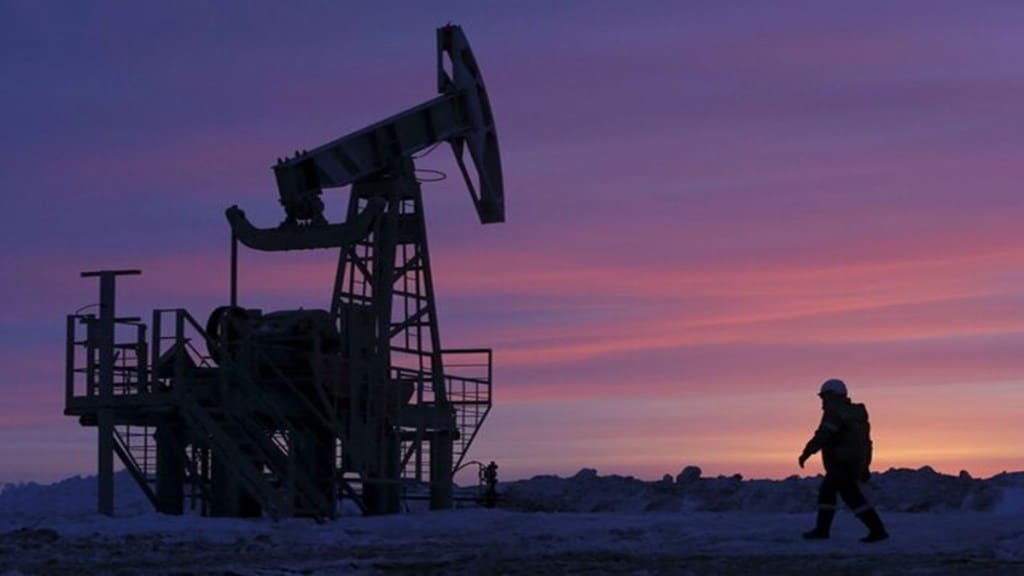Rising tensions between Iran and Israel have pushed global crude oil prices up by 21–25 per cent since late May, worrying energy markets. And now Iran is threatening to close the Strait of Hormuz, which carries 27 per cent of the world’s oil and 20 per cent of LNG. While a prolonged closure appears unlikely, even short-term disruptions could trigger further price hikes.
Fear over fundamentals: What’s really driving the surge?
According to an analysis report by Kotak Institutional Equities (KIE), the price surge is driven more by fear than by actual supply issues. “Unless the conflict worsens (and impacts the wider ME region), we do not see much impact on demand or supplies. Oil prices would likely trace back if the conflict ends soon,” it said.
Winners in the upstream: ONGC and peers stand to gain
For India, rising oil and gas prices are generally bad. But they benefit upstream public sector companies that produce oil. For oil marketing companies (OMCs), the Kotak report maintained, higher prices usually hurt. However, since there’s no pressure to cut retail fuel prices right now, the impact is not as bad—making the price spike a blessing in disguise.
A rise in prices is a macroeconomic negative for India, a country where oil and gas imports dominate energy consumption. However, the Kotak report said that the outlook is more nuanced for energy companies. Per the report, upstream public sector units (PSUs) like ONGC are expected to benefit from the price spike, especially in the absence of windfall taxes. ONGC, in particular, gains from higher gas prices linked to oil benchmarks, with nearly 20 per cent of its production tied to such pricing.
On the downstream side, OMCs such as IOC, BPCL, and HPCL are navigating a unique scenario. These firms are typically vulnerable to rising oil prices, but, Kotak said, with retail fuel prices frozen and no cuts expected in the near term, the geopolitical turmoil has provided them an earnings cushion.
Retail price cuts off the table, for now
In April–May, when oil averaged $67–63 per barrel, OMCs had strong marketing margins. There were talks of retail price cuts, but with the current geopolitical tension, cuts are unlikely now. Kotak Institutional Equities said that this is actually helpful, as reversing price cuts later would have been tough. If the conflict eases without retail price cuts, margins could improve further.
Kotak’s price outlook remains conservative
Kotak Institutional Equities said that the conflict has disrupted some of Iran’s oil production (currently about 3.5 million barrels per day, with 1.7 million exported). However, it added, OPEC+ has plenty of spare capacity (around 6 million barrels per day), and if prices stay above $70 per barrel, US production could rise further. Thus, it said, “We do not expect oil prices to remain elevated for long and maintain our oil price assumption of $70/bbl for FY2026/27E and long term.”


